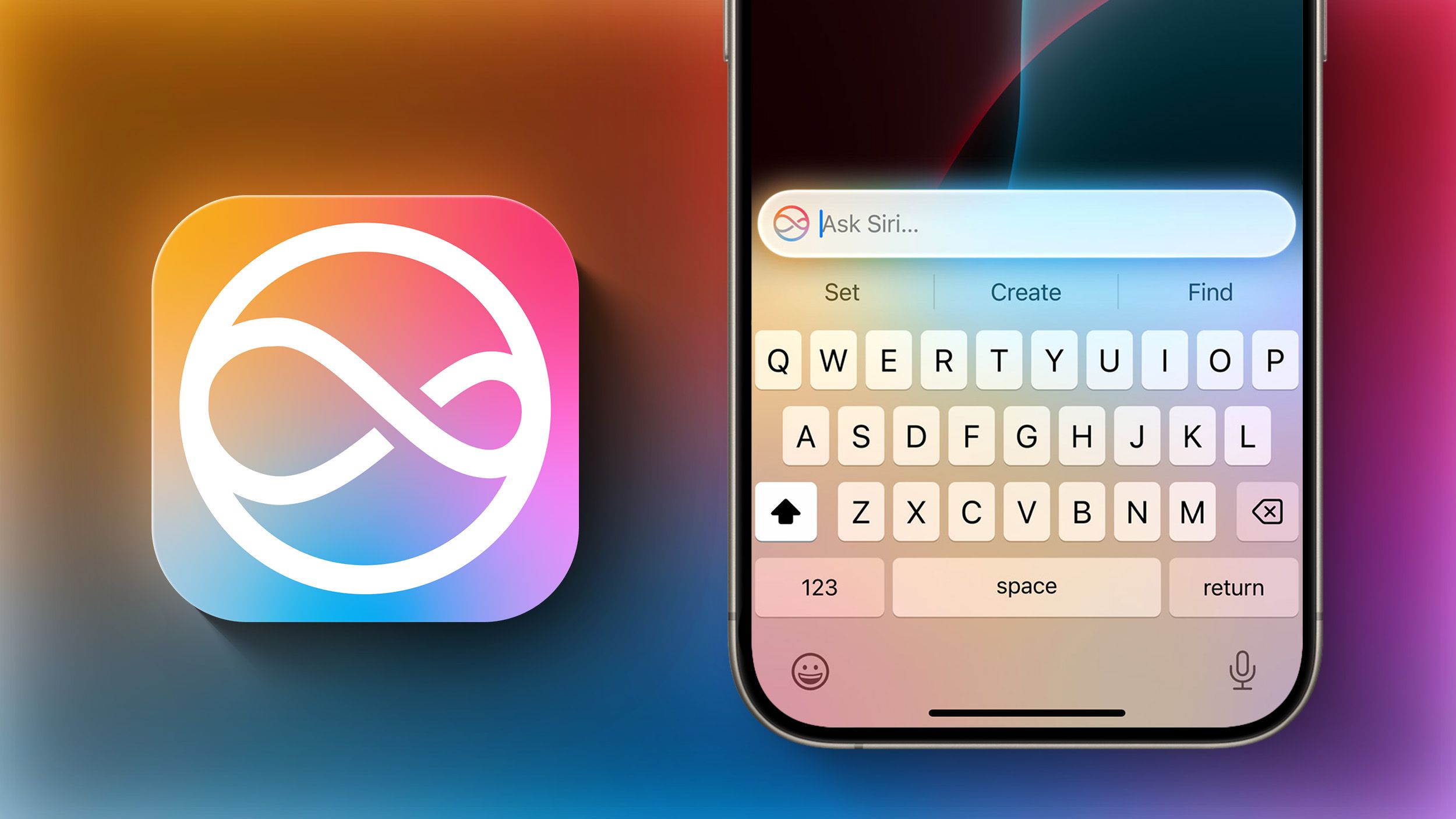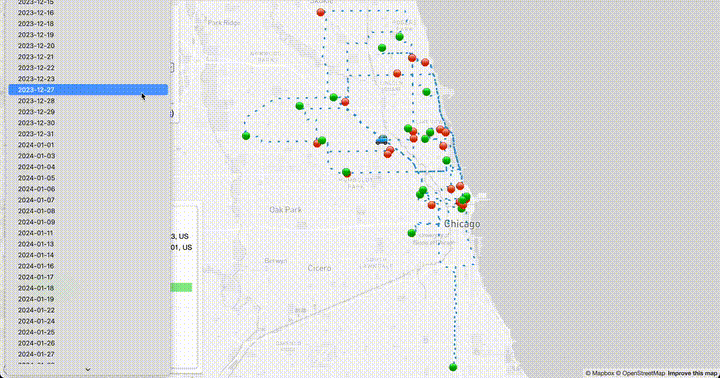How to Improve Your Keyboard Typing Speed and Accuracy — A Developer’s Guide
Whether you're a developer, writer, or knowledge worker, typing is one of the most fundamental—yet overlooked—skills in your workflow. Most people never think to improve it, despite the fact that a small increase in speed and accuracy can save hours per week, reduce mental fatigue, and keep you in a state of deep focus. In this post, we’ll break down evidence-backed techniques, tools, and habits to help you type faster, with fewer errors, and without compromising long-term comfort. Why Typing Speed Actually Matters Consider this: If you type 60 words per minute (WPM) and increase that to 90 WPM, you’re effectively working 50% faster—whether you’re writing code, drafting emails, or documenting processes. The benefits compound over time: ✔ Fewer interruptions (less backspacing, fewer corrections) ✔ Better flow state (no mental context-switching to fix typos) ✔ Reduced strain (efficient typing means less unnecessary movement) If you spend hours at a keyboard daily, even a 10-20% improvement can reclaim weeks of productivity per year. How to Systematically Improve Your Typing 1. Master Touch Typing (If You Haven’t Already) Touch typing—typing without looking at the keyboard—relies on muscle memory rather than visual feedback. Why it’s worth relearning: Keeps your focus on the screen, not the keys Reduces cognitive load (your fingers "know" where to go) Enables consistent rhythm and speed Tools to train effectively: Keybr (adaptive learning) TypingClub (structured lessons) Ratatype (good for beginners) 2. Optimize Finger Placement The standard home row position: Left hand: A S D F Right hand: J K L ; Thumbs rest on the spacebar Each finger covers specific nearby keys Key habit: Return to home row between words to maintain efficiency. 3. Practice Deliberately (10-15 Minutes/Day) Consistency matters more than marathon sessions. Use tools that provide real-time feedback: Monkeytype (minimalist, customizable, includes code mode) TypeRacer (competitive typing) Typing.io (practice with real code snippets) Realistic benchmarks: 60+ WPM → Solid for general work 80+ WPM → Professional-level efficiency 100+ WPM → Elite speed (useful for transcription, fast-paced workflows) 4. Train with Real-World Material Typing random words isn’t enough—practice with content from your actual work: Developers: Code snippets, CLI commands, documentation Writers: Articles, emails, notes General use: Frequently used phrases, industry terms Tip: Use Monkeytype’s "Code" mode or Typing.io to simulate real work scenarios. 5. Use the Right Keyboard Setup Hardware impacts speed and comfort more than most realize. Key considerations: ✔ Key travel & spacing (mechanical keyboards help with tactile feedback) ✔ Wrist posture (avoid resting wrists on the desk; float instead) ✔ Tilt angle (slight negative tilt reduces strain) If you type for long hours, consider ergonomic or split keyboards. 6. Break Bad Habits Common inefficiencies: Hunting-and-pecking (using only a few fingers) Excessive backspacing (due to poor accuracy) Looking down at the keyboard (breaks focus) Solution: Slow down, prioritize accuracy first, then gradually increase speed. 7. Track Progress to Stay Motivated Improvement is easier when you measure it. Tools like: Keybr (tracks WPM and error rate over time) Monkeytype (logs session history) Goal: Reduce error rate below 5% while steadily increasing speed. 8. Apply Skills in Real Work Practice alone isn’t enough—integrate better typing into daily tasks: Write emails/docs without looking at the keyboard Force yourself to use correct finger placement while coding Temporarily disable autocomplete for deliberate practice The goal is to make efficient typing automatic, so your brain can focus on thinking, not typing. Long-Term Health and Ergonomics Typing faster shouldn’t come at the cost of comfort. Best practices: Follow the 20-20-20 rule (every 20 minutes, look 20 feet away for 20 seconds) Stretch hands and wrists regularly Use an ergonomic chair and desk setup Consider split keyboards if you experience strain Final Thoughts: A High-ROI Skill Unlike many productivity hacks, improving typing speed requires no subscriptions, no complex systems—just focused practice and better habits. The payoff? ✅ More efficient workflows ✅ Less mental fatigue ✅ Hours saved per week If you spend 4+ hours a day typing, even a 10% improvement is worth the effort. What’s Your Experience? Do you have a preferred typing tool or technique? Share your thoughts in the comments—let’s discuss what works (and what doesn’t).

Whether you're a developer, writer, or knowledge worker, typing is one of the most fundamental—yet overlooked—skills in your workflow. Most people never think to improve it, despite the fact that a small increase in speed and accuracy can save hours per week, reduce mental fatigue, and keep you in a state of deep focus.
In this post, we’ll break down evidence-backed techniques, tools, and habits to help you type faster, with fewer errors, and without compromising long-term comfort.
Why Typing Speed Actually Matters
Consider this: If you type 60 words per minute (WPM) and increase that to 90 WPM, you’re effectively working 50% faster—whether you’re writing code, drafting emails, or documenting processes.
The benefits compound over time:
✔ Fewer interruptions (less backspacing, fewer corrections)
✔ Better flow state (no mental context-switching to fix typos)
✔ Reduced strain (efficient typing means less unnecessary movement)
If you spend hours at a keyboard daily, even a 10-20% improvement can reclaim weeks of productivity per year.
How to Systematically Improve Your Typing
1. Master Touch Typing (If You Haven’t Already)
Touch typing—typing without looking at the keyboard—relies on muscle memory rather than visual feedback.
Why it’s worth relearning:
- Keeps your focus on the screen, not the keys
- Reduces cognitive load (your fingers "know" where to go)
- Enables consistent rhythm and speed
Tools to train effectively:
- Keybr (adaptive learning)
- TypingClub (structured lessons)
- Ratatype (good for beginners)
2. Optimize Finger Placement
The standard home row position:
Left hand: A S D F
Right hand: J K L ;
- Thumbs rest on the spacebar
- Each finger covers specific nearby keys
Key habit: Return to home row between words to maintain efficiency.
3. Practice Deliberately (10-15 Minutes/Day)
Consistency matters more than marathon sessions. Use tools that provide real-time feedback:
- Monkeytype (minimalist, customizable, includes code mode)
- TypeRacer (competitive typing)
- Typing.io (practice with real code snippets)
Realistic benchmarks:
- 60+ WPM → Solid for general work
- 80+ WPM → Professional-level efficiency
- 100+ WPM → Elite speed (useful for transcription, fast-paced workflows)
4. Train with Real-World Material
Typing random words isn’t enough—practice with content from your actual work:
- Developers: Code snippets, CLI commands, documentation
- Writers: Articles, emails, notes
- General use: Frequently used phrases, industry terms
Tip: Use Monkeytype’s "Code" mode or Typing.io to simulate real work scenarios.
5. Use the Right Keyboard Setup
Hardware impacts speed and comfort more than most realize.
Key considerations:
✔ Key travel & spacing (mechanical keyboards help with tactile feedback)
✔ Wrist posture (avoid resting wrists on the desk; float instead)
✔ Tilt angle (slight negative tilt reduces strain)
If you type for long hours, consider ergonomic or split keyboards.
6. Break Bad Habits
Common inefficiencies:
- Hunting-and-pecking (using only a few fingers)
- Excessive backspacing (due to poor accuracy)
- Looking down at the keyboard (breaks focus)
Solution: Slow down, prioritize accuracy first, then gradually increase speed.
7. Track Progress to Stay Motivated
Improvement is easier when you measure it. Tools like:
- Keybr (tracks WPM and error rate over time)
- Monkeytype (logs session history)
Goal: Reduce error rate below 5% while steadily increasing speed.
8. Apply Skills in Real Work
Practice alone isn’t enough—integrate better typing into daily tasks:
- Write emails/docs without looking at the keyboard
- Force yourself to use correct finger placement while coding
- Temporarily disable autocomplete for deliberate practice
The goal is to make efficient typing automatic, so your brain can focus on thinking, not typing.
Long-Term Health and Ergonomics
Typing faster shouldn’t come at the cost of comfort.
Best practices:
- Follow the 20-20-20 rule (every 20 minutes, look 20 feet away for 20 seconds)
- Stretch hands and wrists regularly
- Use an ergonomic chair and desk setup
- Consider split keyboards if you experience strain
Final Thoughts: A High-ROI Skill
Unlike many productivity hacks, improving typing speed requires no subscriptions, no complex systems—just focused practice and better habits.
The payoff?
✅ More efficient workflows
✅ Less mental fatigue
✅ Hours saved per week
If you spend 4+ hours a day typing, even a 10% improvement is worth the effort.
What’s Your Experience?
Do you have a preferred typing tool or technique? Share your thoughts in the comments—let’s discuss what works (and what doesn’t).













































































































































































![[The AI Show Episode 144]: ChatGPT’s New Memory, Shopify CEO’s Leaked “AI First” Memo, Google Cloud Next Releases, o3 and o4-mini Coming Soon & Llama 4’s Rocky Launch](https://www.marketingaiinstitute.com/hubfs/ep%20144%20cover.png)
























































































































































![BPMN-procesmodellering [closed]](https://i.sstatic.net/l7l8q49F.png)


























































































-All-will-be-revealed-00-35-05.png?width=1920&height=1920&fit=bounds&quality=70&format=jpg&auto=webp#)
-All-will-be-revealed-00-17-36.png?width=1920&height=1920&fit=bounds&quality=70&format=jpg&auto=webp#)
-Jack-Black---Steve's-Lava-Chicken-(Official-Music-Video)-A-Minecraft-Movie-Soundtrack-WaterTower-00-00-32_lMoQ1fI.png?width=1920&height=1920&fit=bounds&quality=70&format=jpg&auto=webp#)































































































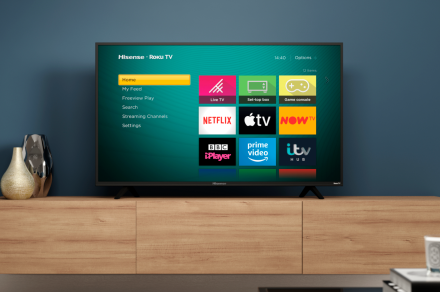













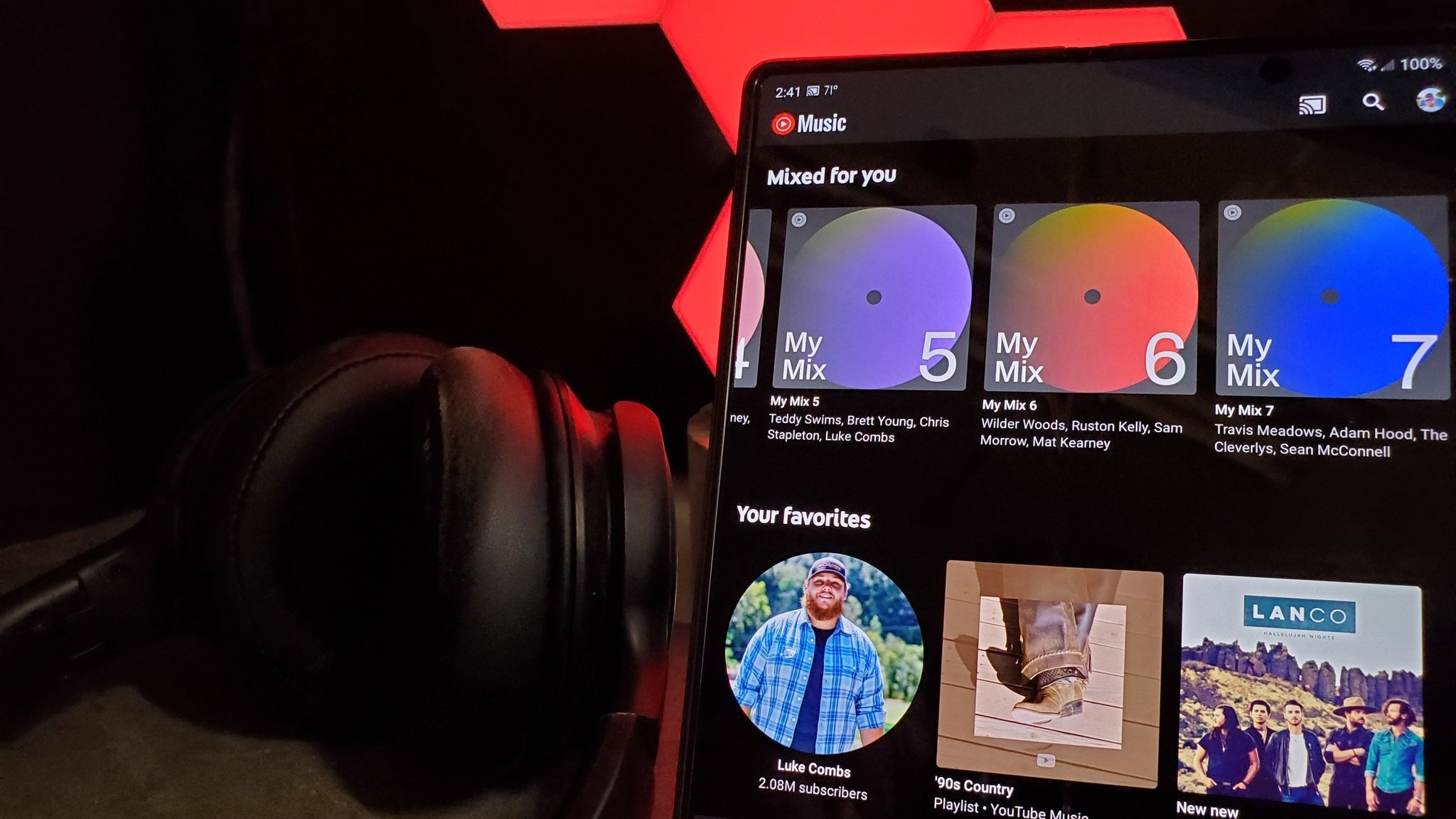

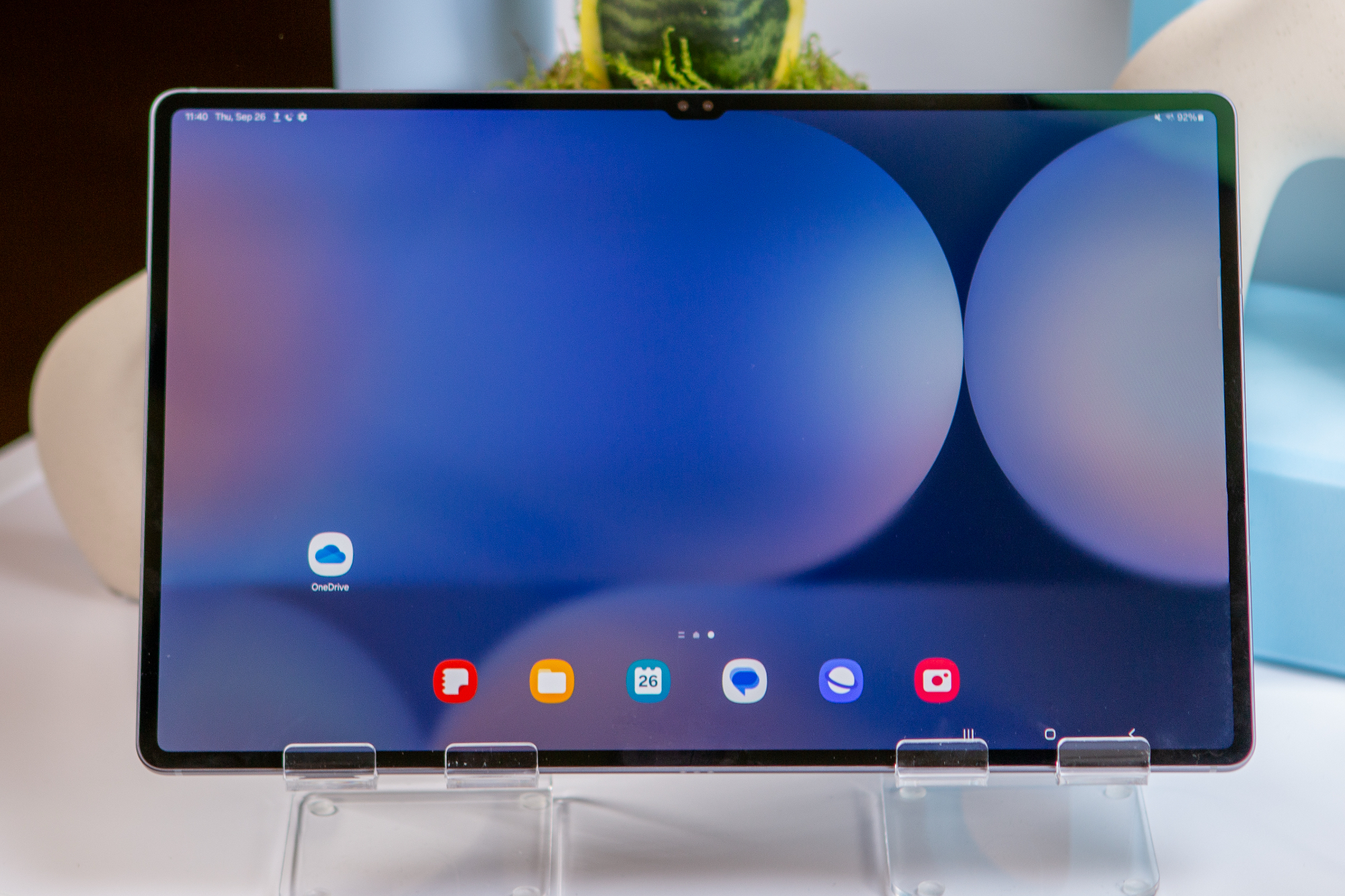


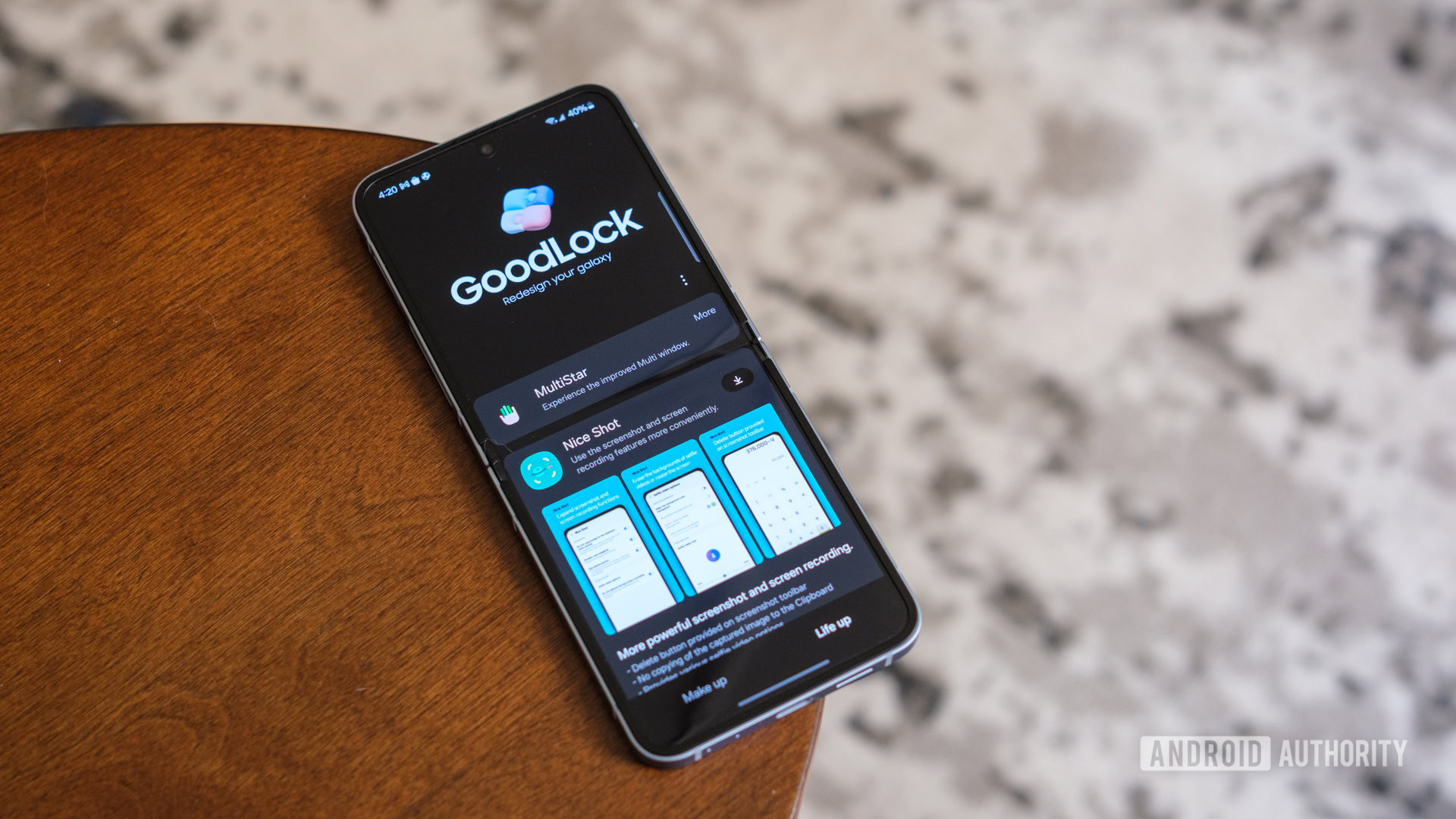
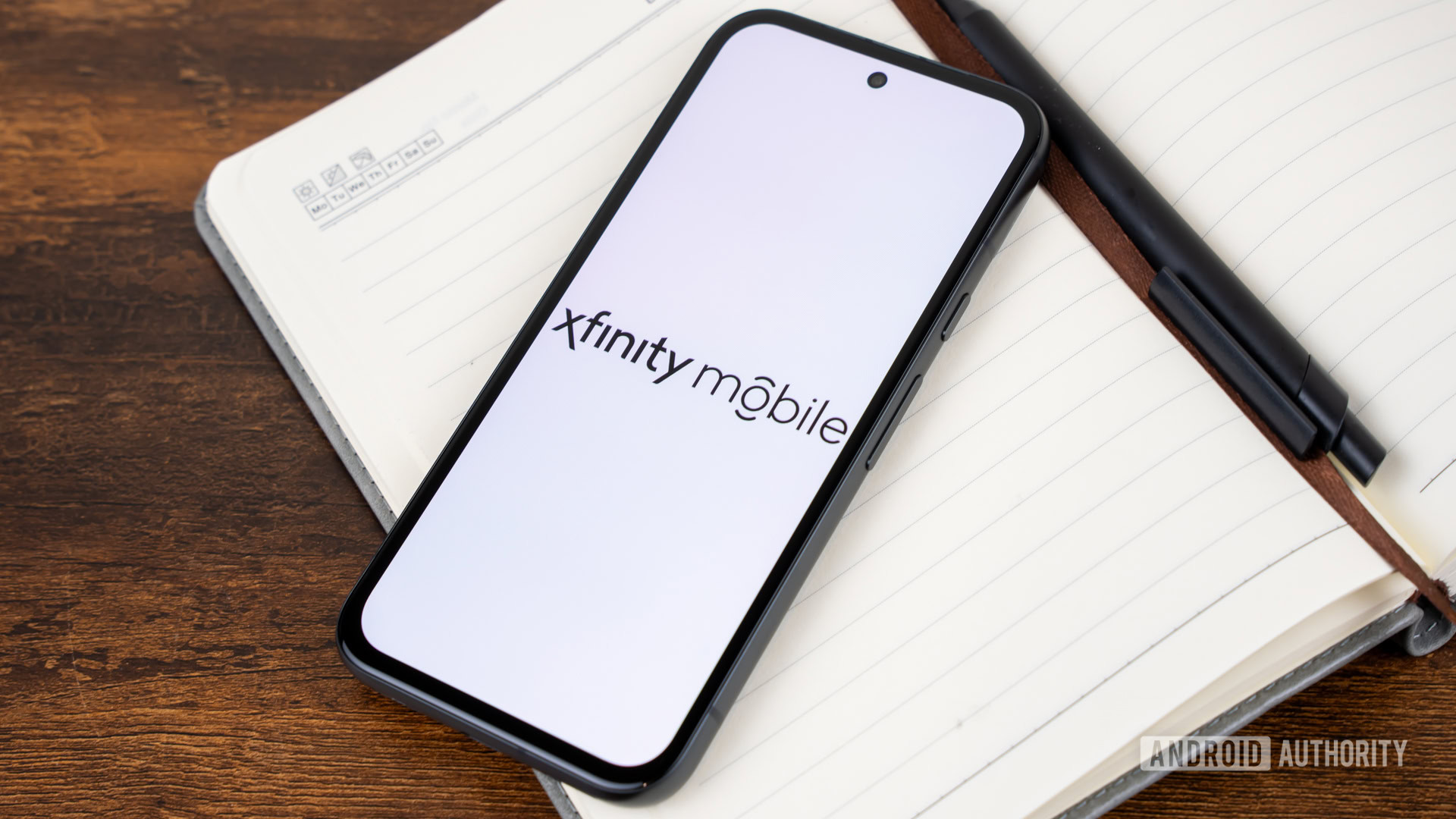


![What iPhone 17 model are you most excited to see? [Poll]](https://9to5mac.com/wp-content/uploads/sites/6/2025/04/iphone-17-pro-sky-blue.jpg?quality=82&strip=all&w=290&h=145&crop=1)

















![Hands-On With 'iPhone 17 Air' Dummy Reveals 'Scary Thin' Design [Video]](https://www.iclarified.com/images/news/97100/97100/97100-640.jpg)
![Mike Rockwell is Overhauling Siri's Leadership Team [Report]](https://www.iclarified.com/images/news/97096/97096/97096-640.jpg)
![Instagram Releases 'Edits' Video Creation App [Download]](https://www.iclarified.com/images/news/97097/97097/97097-640.jpg)
![Inside Netflix's Rebuild of the Amsterdam Apple Store for 'iHostage' [Video]](https://www.iclarified.com/images/news/97095/97095/97095-640.jpg)











































